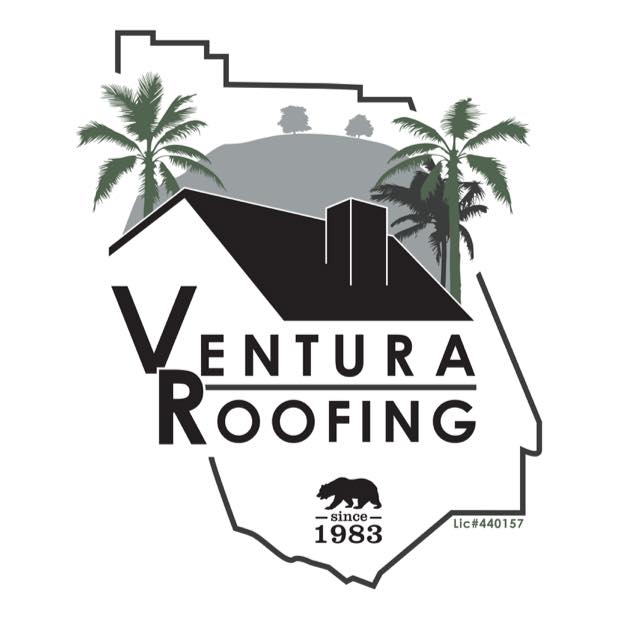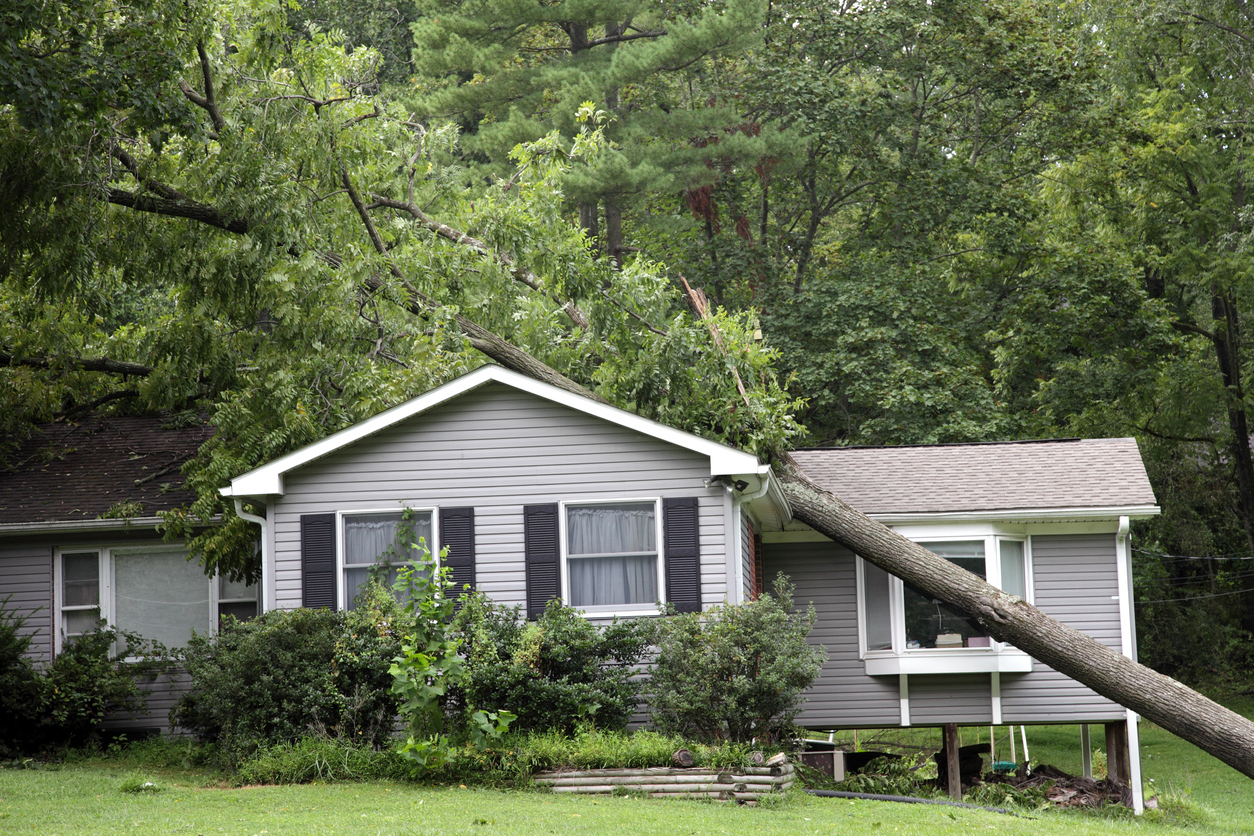Homeownership comes with its fair share of challenges in Ventura County, including the potential for tree damage to your roof when the wind kicks up. When trees that once provided shade, beauty, and tranquility transform into damaging agents, homeowners are often left feeling helpless and frustrated.
In this article, we will explore the various ways in which trees can cause harm to your roof, along with practical tips and strategies to prevent and repair tree-related roof damage. By understanding the risks and taking proactive measures, you can protect your home and ensure that your leafy companions remain an asset rather than a liability.
So let’s delve into the world of tree-induced roof damage and learn how to keep our homes safe and sound. With the right approach and a little bit of diligence, you’ll be well-equipped to tackle any tree-related issues that may arise, keeping your home in top condition for years to come.
How A Tree Can Cause Roofing Damage
When you think of a tree damaging your roof, you’ll think of a tree blowing over and landing on it. While this is a serious cause of damage, it’s not the only way that it can damage it. Here are the different threats that a tree poses to your roof:
- Clogged gutters: Have you noticed that you’re getting ice dams on the roof in winter? Not seeing water make its way down the downspouts? This is most likely the fault of your trees. As leaves fall, they can easily be blown into the gutters. They block them, stopping water making its way out and so overflowing onto the roof. This is what leads to those aforementioned ice dams and roof leaks.
- Too much shade: Yes, this really can be a problem. Having some large shady trees in the yard is great in the summer, but if they’re too close to your roof that causes problems. That’s because that shade shades mold spores from UV light, which allows them to spread quickly. That can lead to mold and mildew damage to the roof.
- Leaf debris: While the debris from trees is falling into gutters, some will also stay on the roof. If it’s not removed, then moisture starts to build up underneath. That leads to the roof underneath starting to rot, if it’s not taken care of.
- Pest infestations: The closer a tree is to your roof, the more likely it is that a pest will take up residence in it. A tree offers a very good way in for lots of pests, such as squirrels, birds, and more. Once they’re set up in your home, you’ll have to work hard to remove them as they find it an excellent source of food and shelter. They’re likely to damage the roof by living in it, too.
- Dangling limbs: Again, if you have a tree that’s very close to the roof, then you run the risk of that limb falling on the roof when there’s a storm. That can cause all sorts of damage, whether it falls due to storms or age and weight.
- Falling trees: Finally, of course, there’s the risk of a tree falling over onto your roof, and damaging it. It’s not a common occurrence, but if a tree isn’t in the best shape and there’s a storm coming in, that tree could likely go down onto your roof.
What To Do In The Event Of Tree Damage
If you’ve come outside and seen that a tree has fallen on your roof, or you suspect that a tree has caused the damage, then what should you do? Here’s what you need to know.
- Leave the house: If a tree has fallen on your home, the very first thing you should do is evacuate. Once the tree has hit the roof, you would think that it has done all the damage that its going to do. However, as time passes, that tree is going to weaken the structure. You’re at risk of further cave ins and damage, so you don’t want to be in the house when that happens.
- Call 911: Your next step, when you’re out of the home, is to call 911. This is because the fire and police departments will need to come and look at the roof, and assess the damage. They’ll also be able to start assisting you, such as with finding shelter for the time being.
- Call your insurance company: Now you’re out and safe, you need to let your insurance company know what has happened. Let them, know, and ask what they want you to do next. They may ask you to take photos of the damage, as well as video. Ensure that if you do this, take steps to stay safe as you do so.
- Get in touch with a roofer: Now all the basics have been taken care of, you can now call Ventura Roofing Co to assess the damage for you. They’ll see exactly what needs to be done, in order to get the roof back into working order. The good news here is that you can pick the roofer you want, rather than relying on the insurance company. Whoever you pick, they’ll work with your insurance to get the damage fixed.
How To Prevent Tree Damage To Your Roof
There are some steps you can take to prevent a situation like the above from occurring. Here are some steps that you may want to take:
- Clear the gutters: It’s always good practice to inspect your roof regularly. Part of that process should include you clearing your gutters. It’s very easy to do so, simple use gloves and a trash bag to scoop out any debris that you find. You can also add a gutter guard to make the process easier.
- Trim your trees: If you have any trees near your home, it’s also good practice to regularly prune them away from the roof. That avoids any dangling branches over the roof, and will minimize any leaves making their way into the gutters.
- Remove trees: Sometimes, you may determine that the tree near your home needs to be removed altogether. That can be because it’s too close, or it is in ill health and poses a risk. If so, ensure you have it removed by a professional so it’s done so safely.
Trees do pose a significant risk to your roof, but if you know how to minimize the damage you’ll be able to avoid the worst of it. Use this advice if you ever do have to deal with a tree falling on your roof, and you’ll be able to get help as soon as possible.

